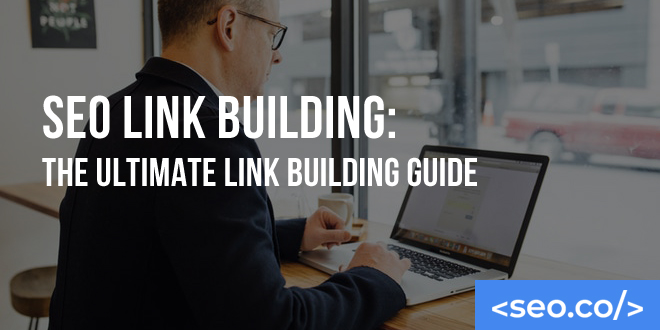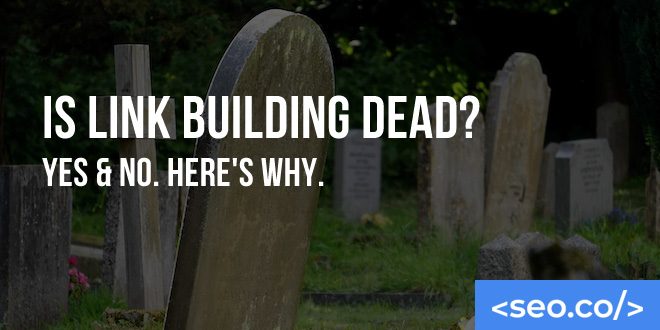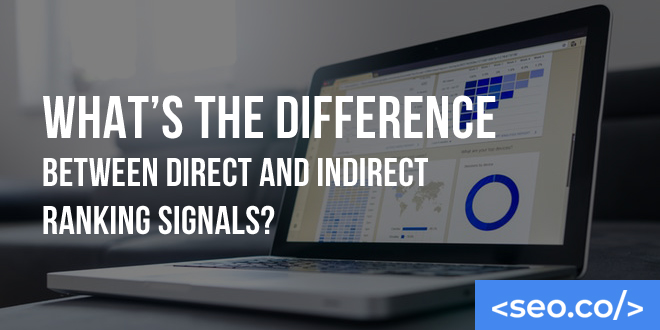
What’s the Worst That Can Happen in an SEO Campaign?
People seem to have mixed feelings about SEO. There are hardcore purists who insist that SEO is perfect for everybody and will perpetually remain a viable and cost-effective marketing strategy, but there are also business owners who refuse to partake in what they feel is an unsafe and questionable strategy, and tons of variance in the people in between. The chief concerns usually stem from the risks of the strategy. There are horror stories of business owners losing significant visibility in search engines as the result of algorithm changes or flawed strategies, and scamming SEO businesses who over-promise and under-deliver are a real threat to anyone unacquainted with basic SEO strategy. Plus, there’s the chance that your investment of time and money doesn’t earn you the ROI you were hoping for. Despite all these risks, both real and perceived, I still believe that using a professional SEO service is a viable strategy. But if you aren’t convinced by my word or the host of evidence you can find elsewhere on our SEO blog, let’s take a look at the worst-case scenario. What’s the worst that could happen to you in starting an SEO campaign? There are several ways you can start out, but only a handful of ways that an SEO campaign can burn you in each scenario. Starting an Successful SEO Campaign From Scratch If you’re starting an SEO campaign from scratch, you don’t have much to lose. Your site isn’t ranking in Google at all, and you have little to no domain authority to speak of. It’s the aged, venerable and trafficked sites that have the greatest to lose when it comes to SEO. Pursuing a bad strategy If you use a bad strategy, like posting external links without direction or stuffing your content full of keywords, you aren’t going to a significant drop in search engine rankings because you’re already at the bottom. If you make an egregious mistake, like hiding keywords in the background of your site or deliberately spamming potential customers, you might earn an actual Google penalty—in that case, you’ll have trouble crawling out unscathed. Either way, you’ll still have plenty of time to make up for your mistakes, and if you’re following best practices with links and content, you have nothing to worry about in the first place. Failing to invest enough time or money This is the biggest risk for companies starting from scratch. It takes effort and patience to see the results of an SEO campaign, and if you only dabble in the strategy, it’s never going to pay off. For example, if you only spend an hour a week on things like writing content, posting on social media, and working with external sources for link building, you might never generate enough momentum to actually rank, resulting in a loss of time (or money) that you did put in. Paying too much There’s also the danger of paying too much for SEO services. If you go with an agency that charges exorbitant rates for simple services, you could end up with a negative ROI. It’s not just about budget constraints. It’s more about search engine results and return on your digital marketing investment. Starting With Some Rankings & Traffic Let’s say you’ve been in business for a while, and your brand name shows up in Google for the occasional search. You have some ground to lose, but you’re still not ranking especially well. Pursuing a bad strategy Bad strategies have similar effects for businesses that already have a foothold in search ranks. Egregious errors can set you back months or years of effort, and even small deviations from best practices can cause you to lose valuable ground. Still, if your primary focus is on improving user experience, you don’t have anything to worry about. Failing to invest enough time or money Once you’ve got a foothold in search ranks, you’ll need to spend some significant time and money to move up to the next level. If you fail to scale your investment in line with the growth of your ranks, you could end up stagnating and failing to see a positive return. Paying too much Like with starting from scratch, if you pay more than what your needed services are actually worth, you’ll wind up with a negative (or at least a diminished) ROI. Still, this rarely results in a catastrophic loss, especially if the campaign is quality. Starting With Ample Authority In this scenario, you’re already ranking high for a number of keywords and queries, either through a pre-existing SEO campaign or through natural growth from user reviews, inbound links, and other factors. Worse still are the sites that get thousands of unique, qualified visitors per day. They truly have the most to lose in a search engine optimization campaign. But they are, the harder they fall: Pursuing a bad strategy A bad strategy here can cause some serious damage. At this level, a Google penalty from an egregious error could result in devastating losses of visibility and traffic—so avoid any black hat practices like the plague! Smaller errors can have a significant effect as well, but by this point your domain authority is so well established that it won’t take much time or effort to fully recover. Failing to invest enough time or money At this level, if you want to see more results, you’ll have to invest a large chunk of time and/or money. Otherwise, your efforts will merely keep you afloat. Staying afloat can still yield a positive ROI, but be careful not to let your efforts slip, or your ranks could start steadily dropping. Even companies with ample traffic may not have large enough budgets to chase the rankings of short-tail keywords of competitors. Paying too much It’s still possible to spend too much for cost of SEO services, especially if you’re already enjoying a nice search position. Choose your partners and SEO consultants carefully. Conclusion As you can see, there are real risks associated







